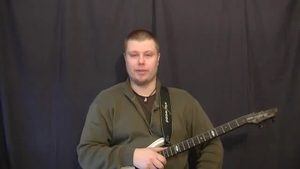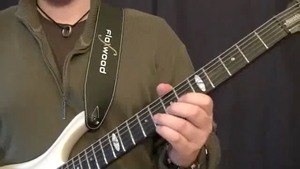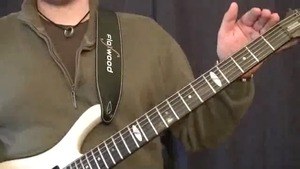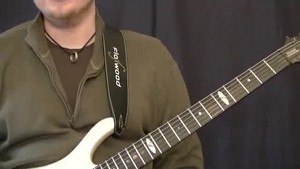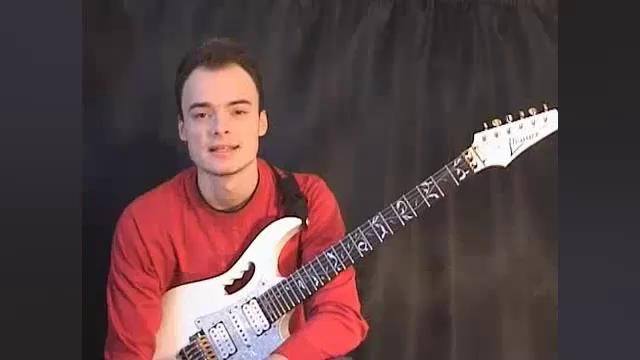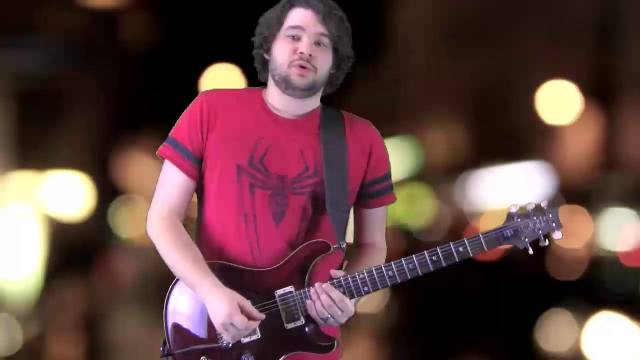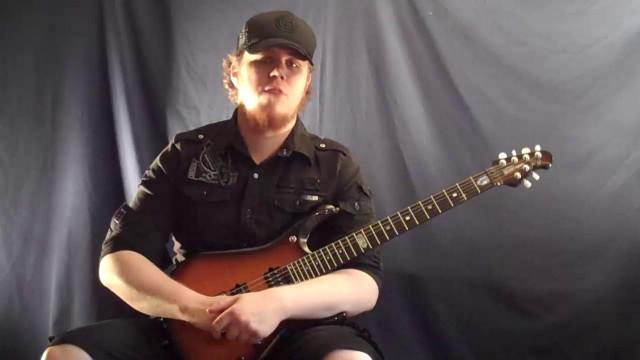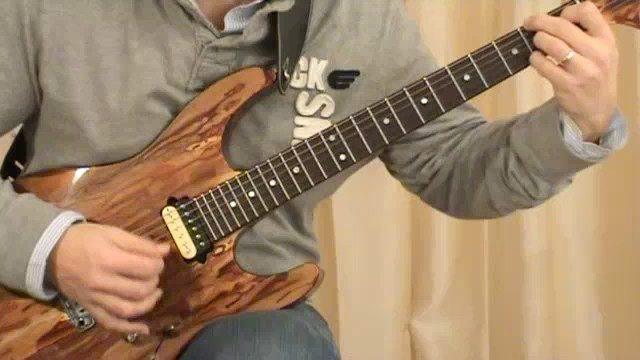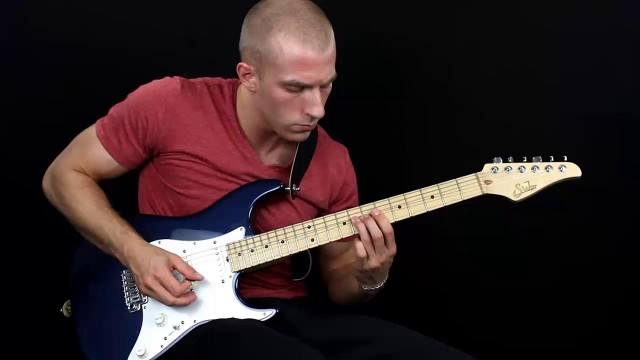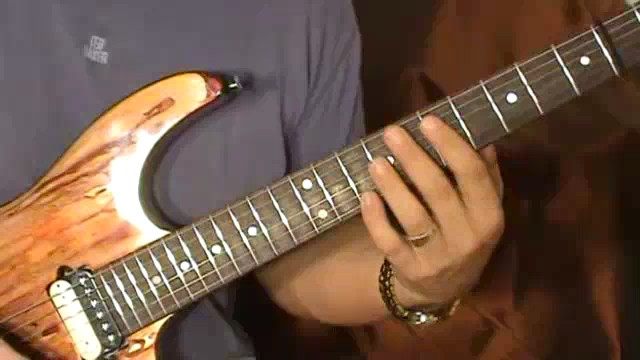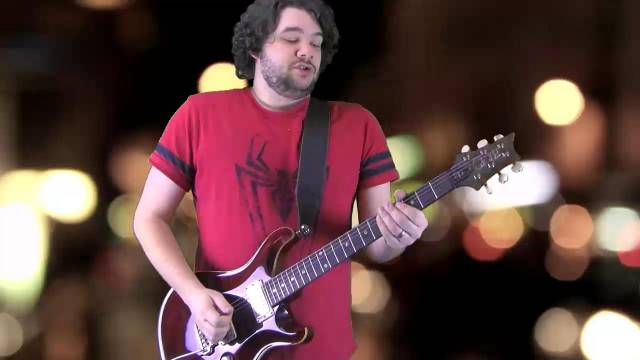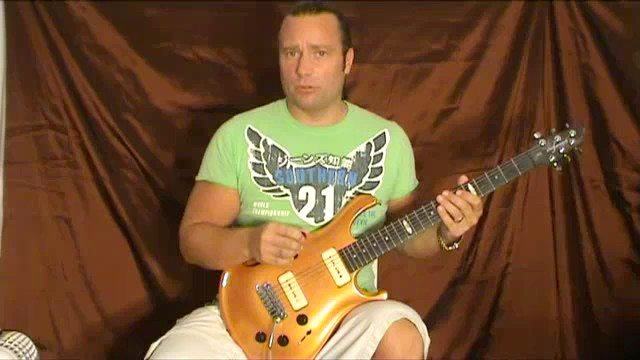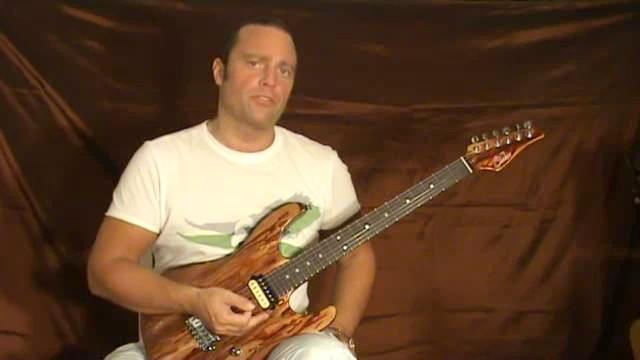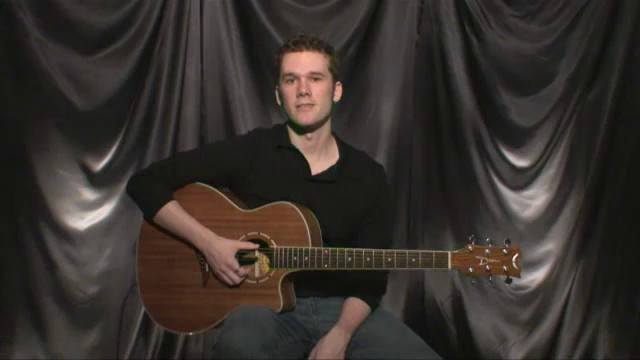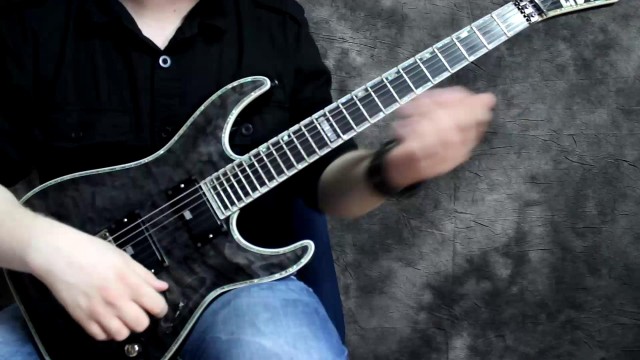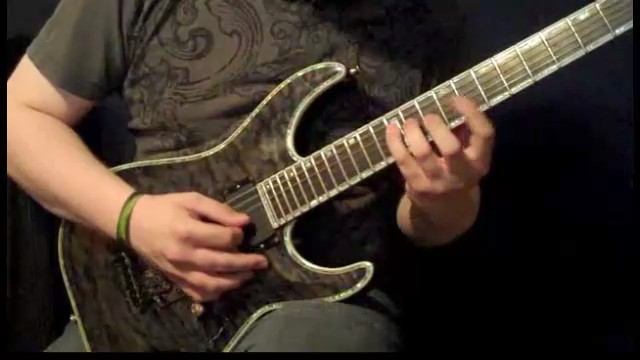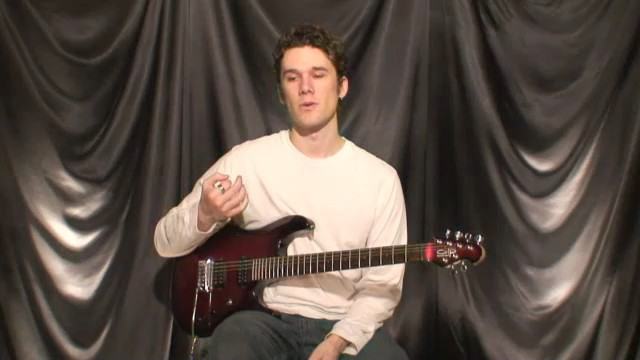In this part we discuss other things that affect bending on the guitar, namely Scale Length , and fret board Radius. Scale length means the length of the neck from the top nut to the bridge saddle. On a Fender type guitar, the length is usually 25.5", on a PRS 25", and on a Les Paul-type guitar 24,75". A shorter scale length gives the strings (if they are the same gauge) lower tension to reach pitch, which means they will feel "softer" to bend. The opposite applies to longer scale lengths.
Radius on the other hand, means how curved the fretboard is. A vintage telecaster usually has 7.25" radius, whilst a LP and modern guitar has 12" and upwards. The flatter the radius, the more "shred" it become, that is easier to play as far as legato and such things are considered (with a lower, more even string height). A curved radius facilitates easier chording though. One thing to bear in mind though, is that a more curved radius (such as a tele) will often "fret out" when bending in the higher register. That is, as the string travels upwards, it also has to climb the increased height ot the fret board, until it can no longer vibrate freely. This is also why a LP-type radius will be easier to bend cleanly across the entire fret board.
In the end though, it is also a matter of setup of the instrument itself. A badly setup guitar will bend horribly regardless of scale length or radius. See my Guitar Setup 101 tutorial for tips on how to set up YOUR instrument.

